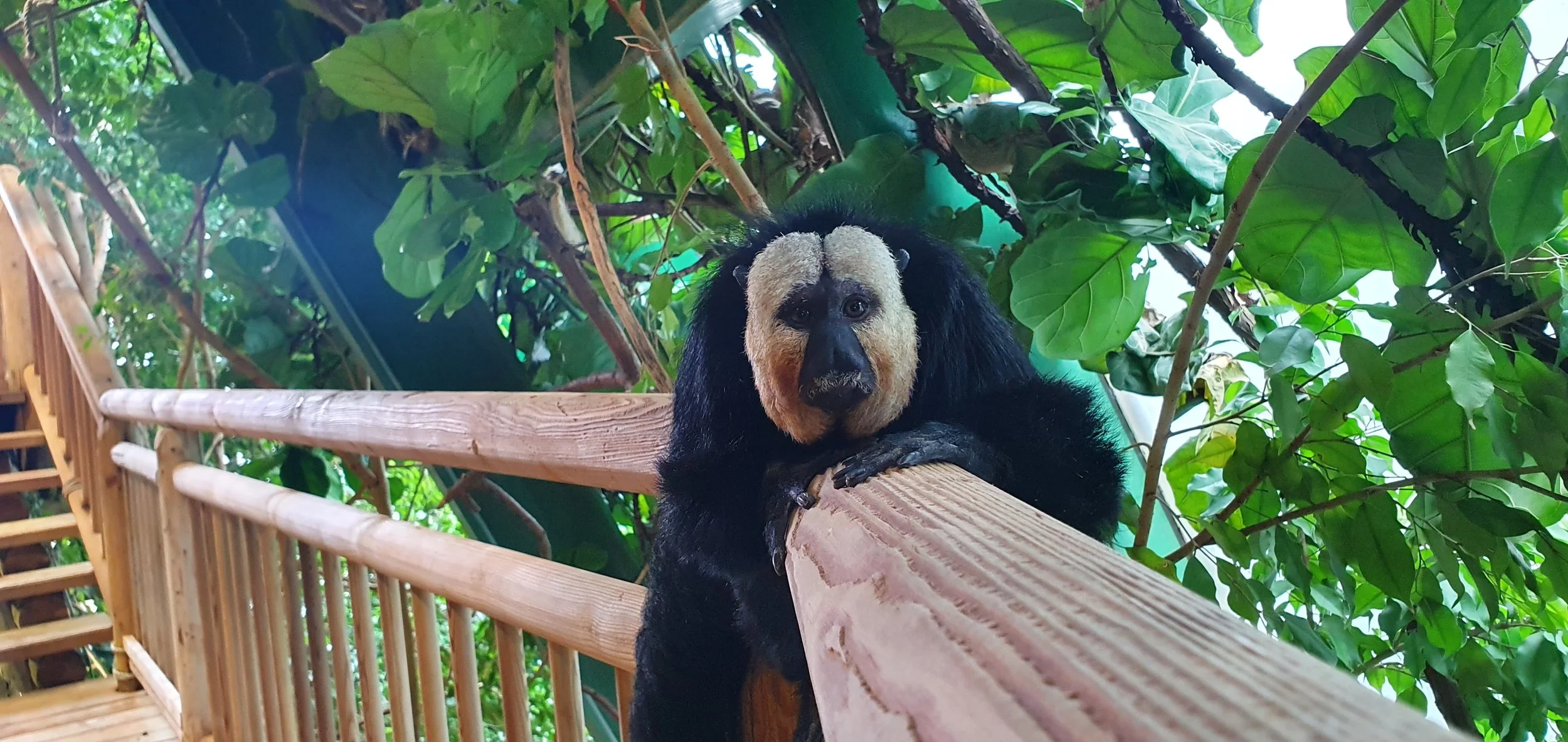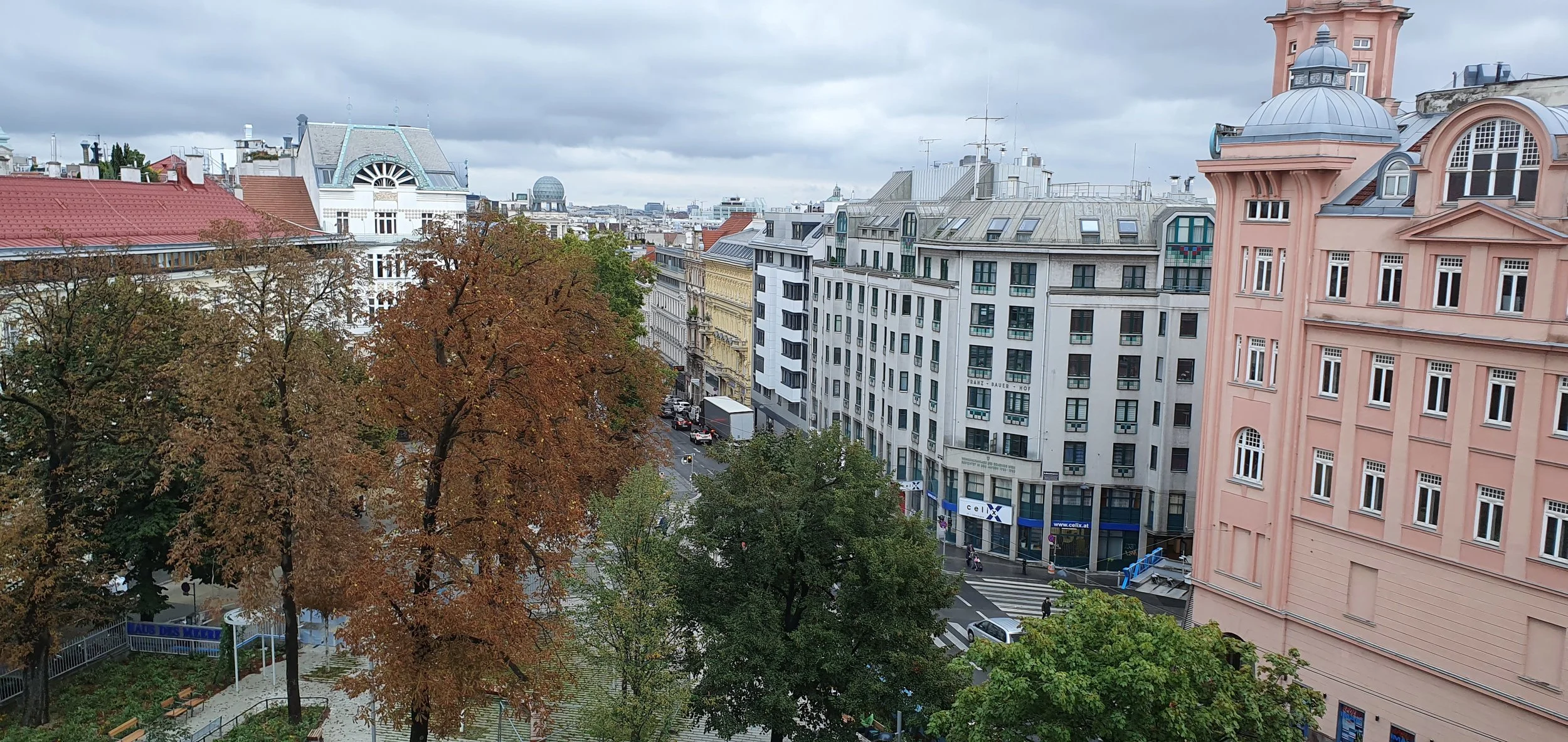
My Photos
Vienna
On March 15, 1938, roughly 200,000 Austrians gathered on Heldenplatz to cheer Hitler as he announced "the entrance of my homeland in the German Reich" from the palace balcony. Crowds also gathered in subsequent years to celebrate the anniversary of the Anschluss.
After WWII, the balcony was closed off. Austria styled itself as the "first victim" of Hitler and refused to bear responsibility for both the Anschluss and the subsequent Nazi crimes. It was only in the early 1990s that the nation began to critically examine its role in that era.
The balcony was made publicly accessible only once in its post-war history: In 1992, Holocaust survivor and Nobel Peace Prize winner Elie Wiesel gave a speech from it, calling on listeners to fight racism and confront the country's past. "The balcony is nothing. It is a symbol, nothing more. The purification, the change cannot come from the balcony. It must come from below," he said.
The end of the Heroes' Square is the Outer Castle Gate, which was designed by Peter von Nobile in 1824 and was intended as a monument to the soldiers of the Napoleonic Wars. Today it generally serves as a memorial to war dead. The interior of the building is accessible during state ceremonies.
The Kunsthistorisches Museum "Museum of Fine Arts is an art museum in Vienna, Austria. Housed in its festive palatial building on the Vienna Ring Road, it is crowned with an octagonal dome. The term Kunsthistorisches Museum applies to both the institution and the main building. It is the largest art museum in the country and one of the most important museums worldwide.
The museum of Natural History in Vienna is called as Naturhistoriches Museum in German and is a wonderful place to explore the past of the city on your trip to Vienna. This sprawling museum houses millions of historical artefacts from many different parts of the world.
Hitler was rejected by the city’s Academy of Fine Arts. Though he had passed the initial exam in 1907, his drawing skills were “unsatisfactory,” the admissions committee decided.
Years later, in his autobiographical manifesto Mein Kampf, Hitler claimed that the rejection struck him “as a bolt from the blue,” as he had been so convinced of his success. In the fall of 1908, he again applied to the Academy of Fine Arts, and again they rejected him.
The Judenplatz Holocaust Memorial 'Memorial to the 65,000 Austrian Jews who were Murdered in the Shoah') also known as the Nameless Library stands in Judenplatz in the first district of Vienna. It is the central memorial for the Austrian victims of the Holocaust and was designed by British artist Rachel Whiteread.
he memorial is a steel and concrete construction with a base measuring 10 x 7 meters and a height of 3.8 meters.[2] The outside surfaces of the volume are cast library shelves turned inside out. The spines of the books are facing inwards and are not visible, therefore the titles of the volumes are unknown and the content of the books remains unrevealed. The shelves of the memorial appear to hold endless copies of the same edition, which stand for the vast number of the victims, as well as the concept of Jews as "People of the Book." The double doors are cast with the panels inside out, and have no doorknobs or handles. They suggest the possibility of coming and going, but do not open.
The Haus des Meeres ( English: House of the Sea) is a public aquarium in Vienna, Austria. It is located in Esterhazy Park in downtown Mariahilf district, one block south of the busy Mariahilfer Straße. The Haus des Meeres houses over ten thousand aquatic and land animals on an area of around 4,000 square meters (43,000 sq ft) inside a tall concrete flak tower built during World War II.
The concrete tower housing the present-day aquarium was erected as a fire control flak tower in ten months between October 1943 and July 1944 - this is my view from one of the windows when I visited in 2020.
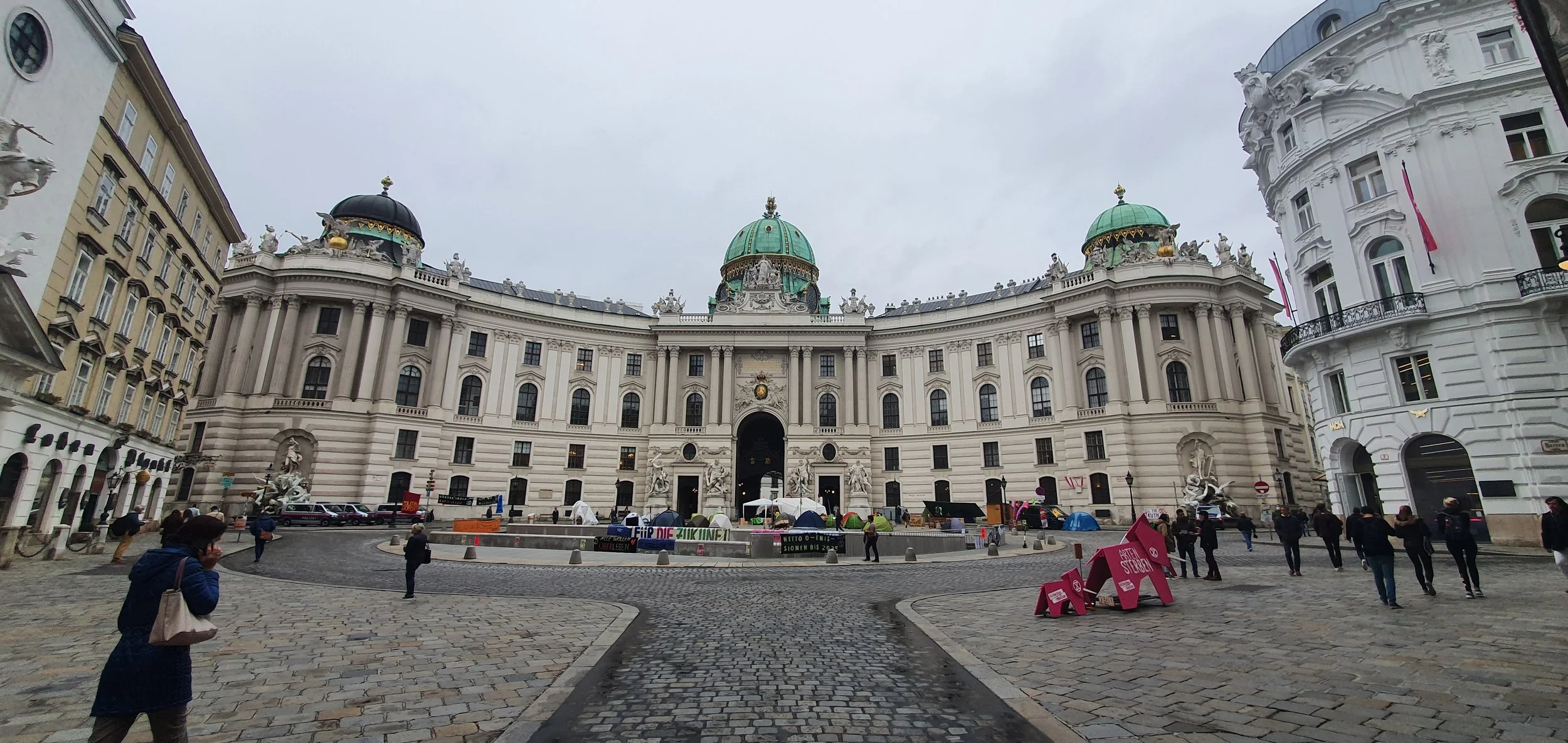

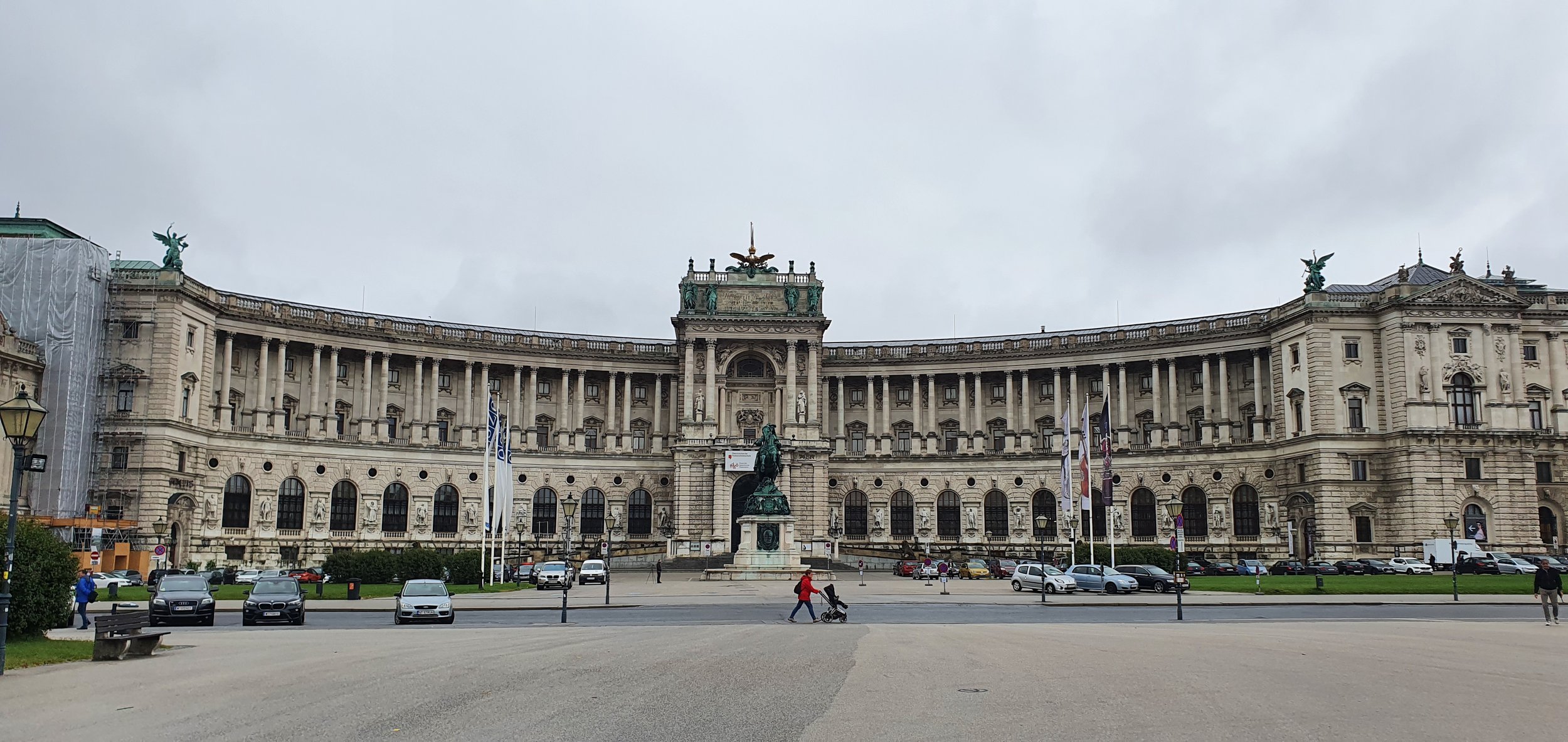

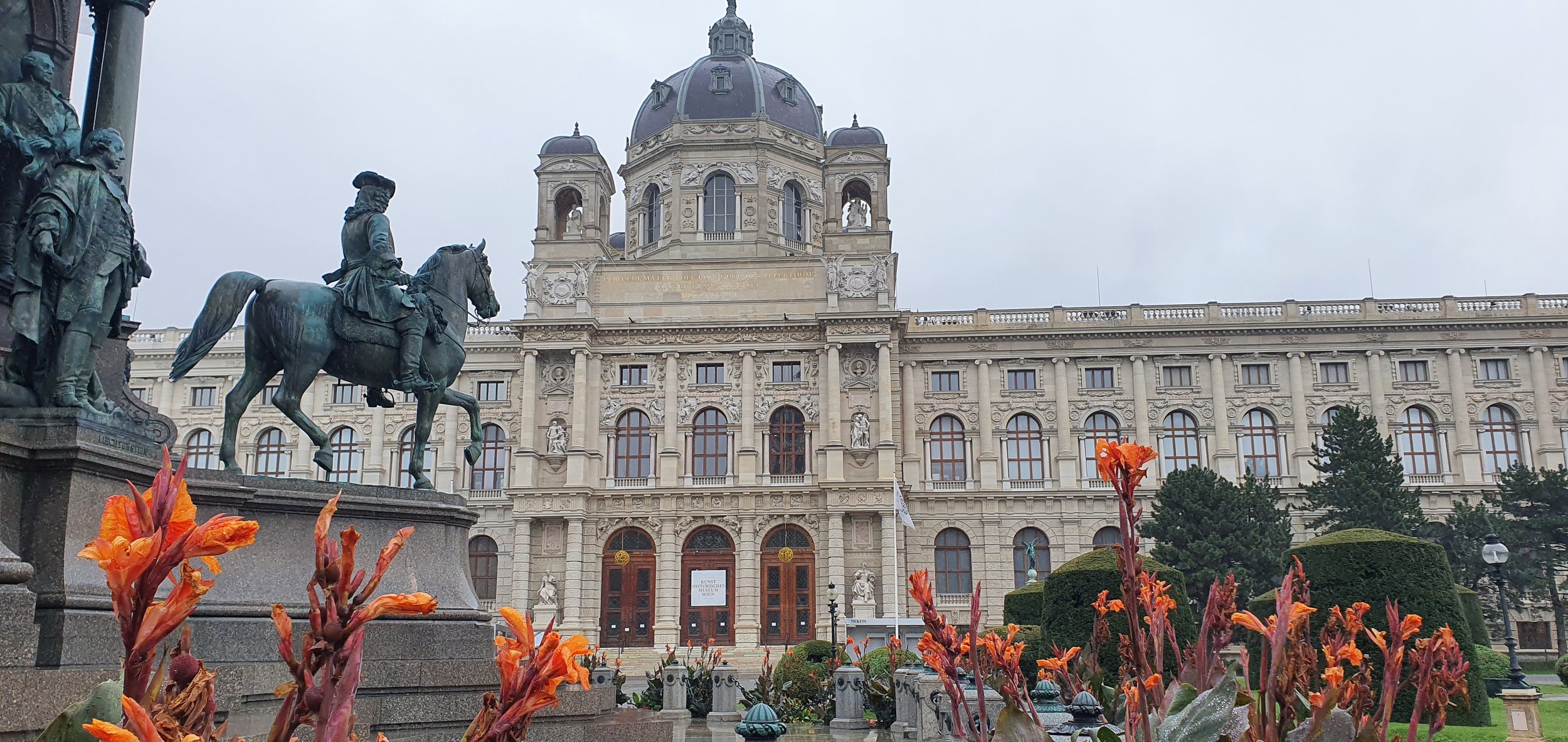

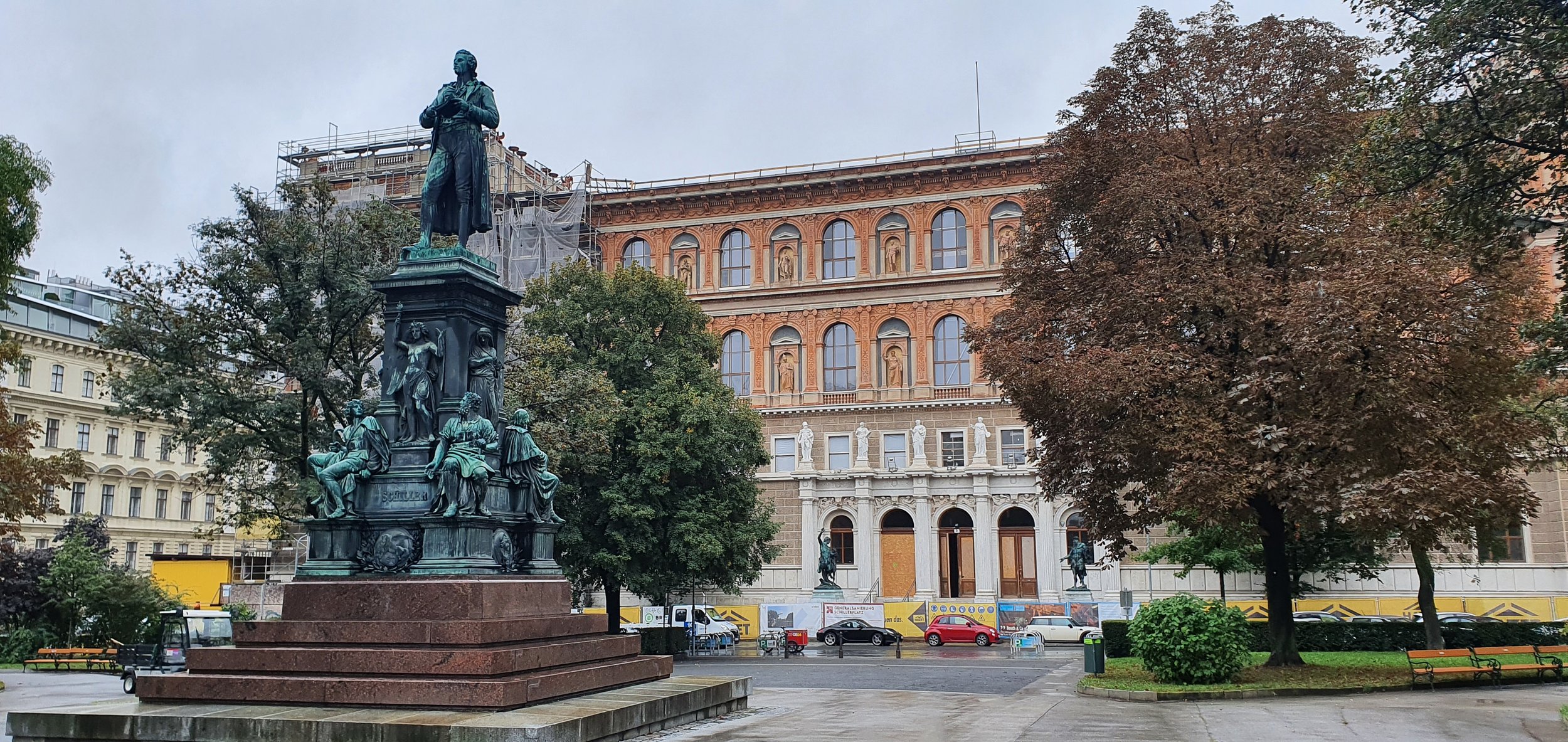


![he memorial is a steel and concrete construction with a base measuring 10 x 7 meters and a height of 3.8 meters.[2] The outside surfaces of the volume are cast library shelves turned inside out. The spines of the books are facing inwards and are not](https://images.squarespace-cdn.com/content/v1/64a021b36f9f38433b9c30b6/90031e13-068d-4dff-b154-77f237a39689/20200928_132138.jpg)
